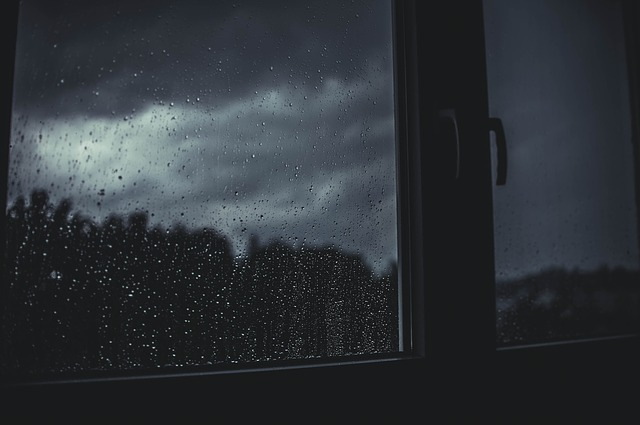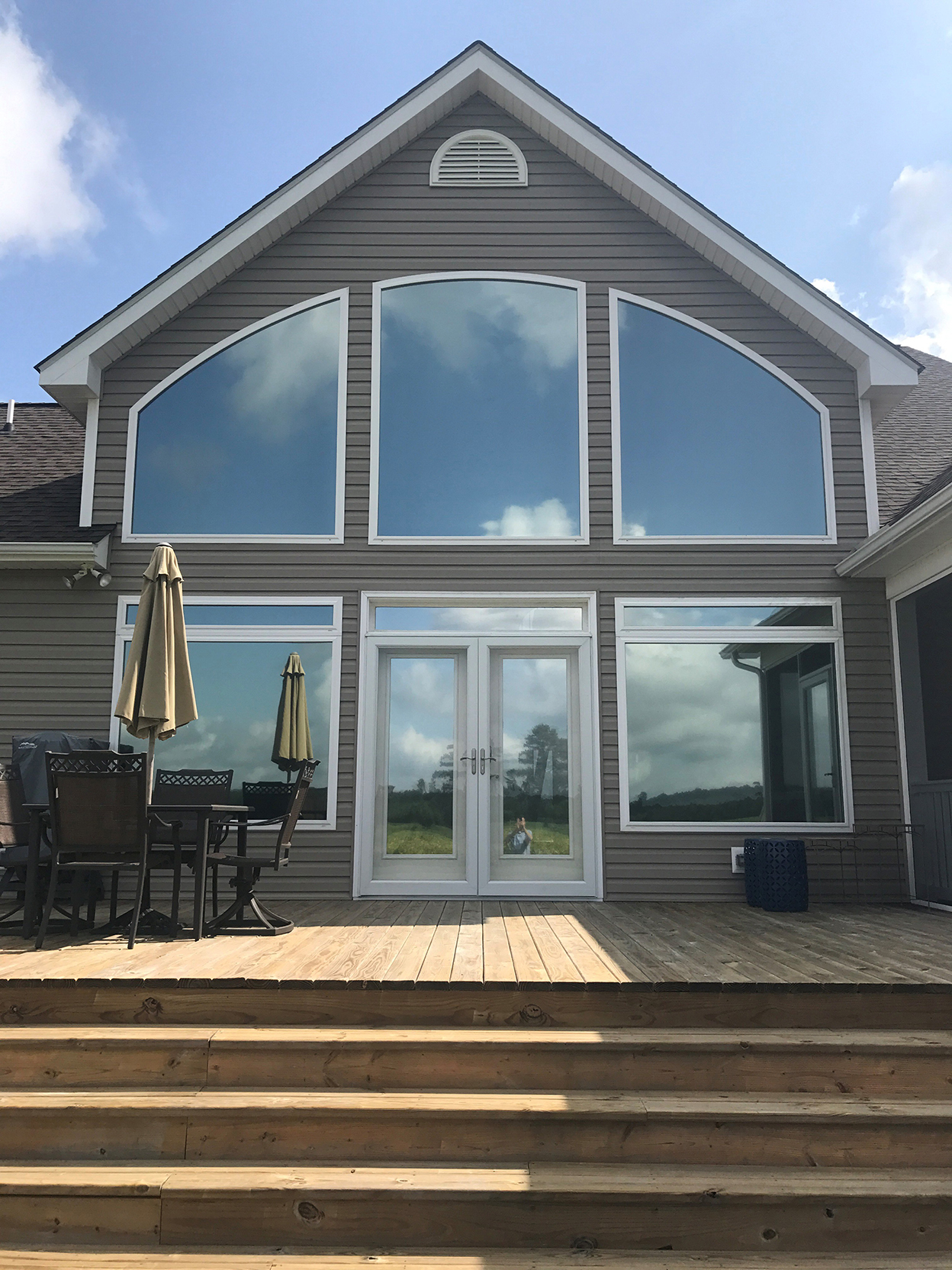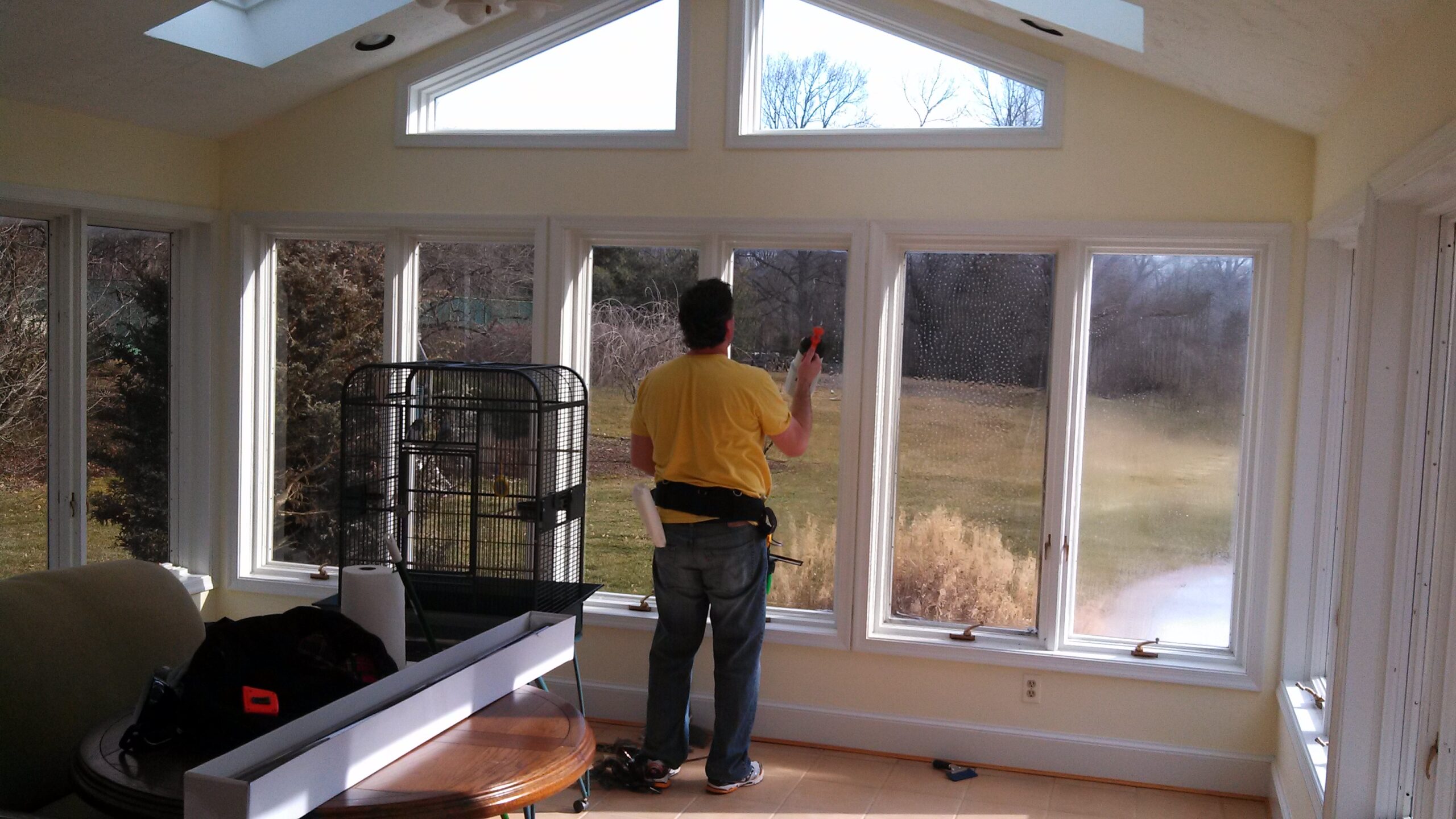Sunny days are great, but when the sun is left to shine into our homes without protection, it can cause a lot of damage.
Some people use curtains to keep sunlight out. However, that does not fully keep out the harsh sun rays. It also keeps natural light from coming into our homes.
A better solution that is becoming increasingly popular is window tinting.
What is a window tint?
- Also known as window film, a tint is a coating applied to surfaces to filter out light.
- Apart from filtering out harsh light, it also provides other benefits including;
- Protecting the privacy of the home especially where the lower floors are visible to people outside
- Keeping furniture and other valuables in the house from getting damaged;
- Cooling down the household by filtering out hot sun rays, reducing energy costs
- Trapping in warmth on cold days which helps cut down on heating costs
- Filtering out harsh UV rays that can harm the your health and that of your loved ones
- Cutting down on glare from reflections of the sun on the water or other buildings surrounding your home
- Some tints are decorative helping to improve the look of the house
Things to look out for when installing window tints
Window film comes in different varieties, and you may be confused on which to pick.
Here are some things to consider when purchasing window film.
1. Durability
Things age, and so does tint. Your tint must last for as long as possible.
To pick a long-lasting window film, consider the quality. Ensure it’s made to last for at least 10 years.When choosing window film, pick a durable one such as scratch-resistant or metallic material.
The way you install your window film matters. Although DIY jobs are great, it’s best to call a UV window film professional. Installations from professionals last longer because they have experience getting the fit correctly and use the right tools.
2. Aesthetics
You don’t have to buy plain window film for your home, you can choose a film that adds aesthetic value.
Decorative window film will look good in places like bathroom windows. Some film is textured or patterned, and will make a stylish statement in living rooms as it offers all the other benefits.
If you choose colored film, you can use it to create an artistic pattern. Window film doesn’t have to be boring.
3. Warranty
Before you apply film to your windows, check if your window manufacturer allows it; otherwise, you risk voiding your warranty.
Warranty is also important when it comes to protecting your new window film. It will help you if you need to replace the tint due to any problem that arises during installation.
You’ll also find that manufacturers provide a warranty for your film. Pick film with a guarantee of a minimum of ten years to ensure it lasts long.
4. Restrictions
There may be restrictions concerning putting up window tints, especially from homeowners associations and local bylaws. Some may restrict you from tinting your windows while others may prescribe the type of film to install.
Therefore, before you choose to tint your windows, make sure you check with the relevant bodies.
5. Visible transmittance value
Over 70% of UV rays can penetrate through your windows. These rays can cause skin damage, hurt the eyes, damage fabrics, wood floors, and paintings.
You want your tint to block out some amount of light but not to keep your home dark.
Therefore, you need to pick window film with a high visible transmittance value.
Visible transmittance refers to the amount of light that passes through the film. A film that provides high visibility transmittance will ensure you maximize on the natural light.
Light in the home is useful not only for visibility but also for ambiance. Nobody wants a dull dark house.
6. Solar heat gain coefficient
A tint with a low solar heat gain coefficient blocks out a lot of the sun’s heat, and it’s what you need for your home. Tint that blocks out heat from the homes will keep you and your family comfortably cool in hot weather.
A good quality film can prevent up to 80 percent of the sun’s heat from entering your home. The lower the heat, the less you have to pay to cool it.
7. Emissivity value
Home insulation is essential in winter. An excellent way to insulate your home is to purchase window film with a low emissivity (low – e) value.
The emissivity value determines the insulation performance of window film, and it ranges from 0.70 – 0.81. Low – E window film is also useful for filtering out sun rays.
If you’re looking for ways to cut down on energy costs in the home, using this kind of insulating film will help.
Having trouble choosing the right window film for your home?
There are many types of window film available, and you may get confused about finding the right one for your home.
Although you can pick one for yourself, a professional with experience is likely to give you better advice. You need to pick film that is right for your home location, weather, and aesthetic preferences.
Professional window film experts will also install the tint for you in the correct manner, ensuring it lasts long. Overall, installing window film is a good decision for any homeowner.
Author : Kimberly T. Brind





















